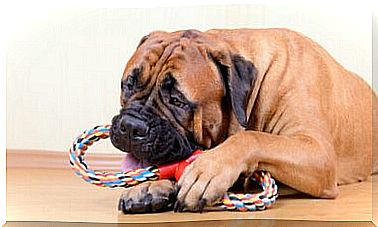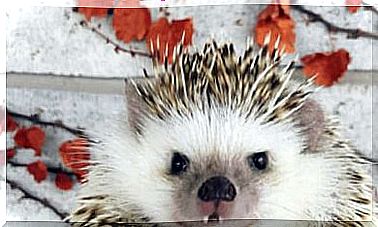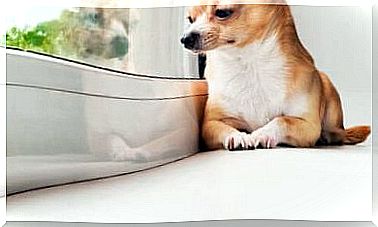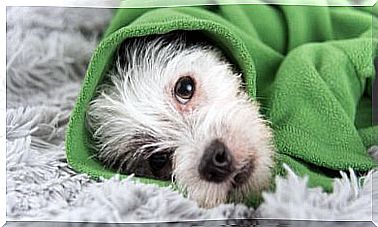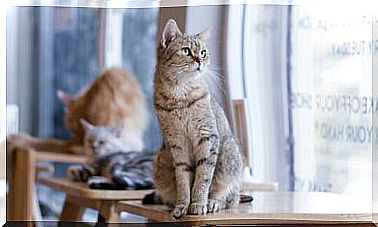Selkirk Rex: The Sheep Cat
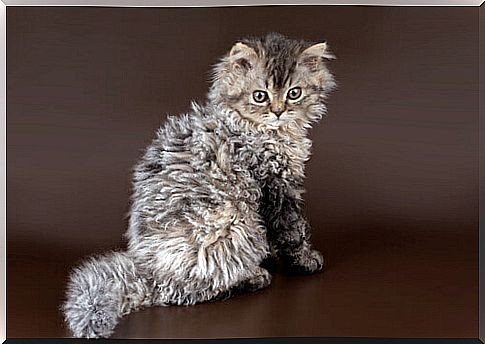
Who is? A poodle? A little lamb? No… It’s the sheep cat !! Also known as Selkirk Rex , it is one of the newer natural cat breeds. The most noticeable feature is its curly hair, which can be short or semi-long and has a woolly appearance, reminiscent of that of sheep and from which it takes its name. It seems that its origins are to be found in the state of Wyoming (United States). In 1987 there was a spontaneous genetic mutation (ie without human intervention) of a single kitten, who was born with very thick and curly hair.
Recovered in a shelter for stray animals, she was crossed with a black Persian cat . Three of the kittens born from this cross had preserved this type of mutation, thus demonstrating that the mutation gene was transmitted in a dominant way, contrary to what happens for example to the Cornish Rex , the Devon Rex or the German Rex , in which the appearance of the curly hair is the result of a recessive gene.
In an attempt to improve the breed, these first three Selkirk Rex specimens were later crossed with different specimens of other breeds: the American Shorthair (also known as American Shorthair), the Himalayan Cat, the Exotic Shorthair (or Persian shorthair) and the British Shorthair (or British shorthair). In 1992, this breed was recognized by the TICA (acronym for The International Cat Association ).
General appearance of the Selkirk Rex
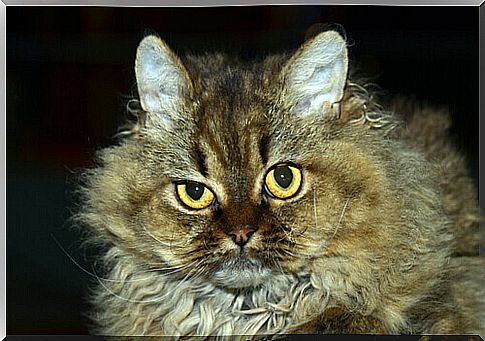
The Selkirk Rex is a fairly sturdy and large cat, unlike its other relatives of the Rex type , which are smaller and more delicate. Among its main physical characteristics, the following should be noted:
- Head: the shape is round and massive, with a broad skull and a strong chin; the cheeks are full and solid.
- Nose: it is short, broad and straight.
- Eyes: They are large and round, well separated from each other, blue or green in color.
- Ears: they are of medium size, with wide set, well spaced, with a slightly rounded tip.
- Neck: it is short and massive.
- Body: medium to large in size, muscular and firm; shoulders and chest are sturdy.
- Legs: They are of medium length, muscular and have large, round feet.
- Tail: It is of medium length, thick and sharp towards the tip.
- Coat: thick and soft, with abundant undercoat and with pronounced curls that cover the whole body; the hair can be short or medium wide.
- Colors: it can be presented in different colors, all allowed by farms.
- Bone: it is strong.
- Weight: it is between 5 and 7 kg for males, and between 4 and 6 kg for females.
The Selkerk Rex , an ideal companion
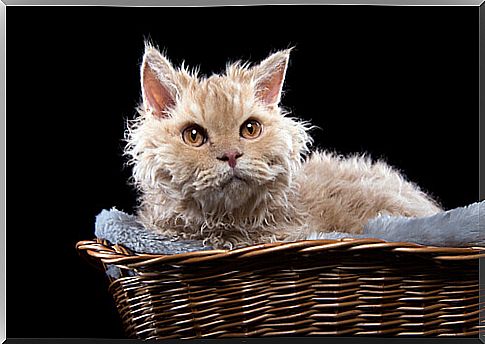
Sympathetic, sociable and peaceful: these are three adjectives that well describe the character of the Selkirk Rex . It is in fact a fairly couch potato and habitual cat, who loves the tranquility and comfort of domestic life, including that of an apartment. Forget about the patrols and the continuous runs or the climbing on roofs and trees, as another cat would do. It adapts easily to contact with humans and does not give any problem in case it has to share its space with other animals. What he does not tolerate is loneliness: in fact, he does not like to spend too much time alone.
He is affectionate and likes to play a lot, aspects that make him an ideal companion if there are children in the family. He is also a very patient and tolerant animal, even with those children who, when they play with him, exaggerate a little.
It is also a cat that does not need special attention or care, since its coat should not be brushed too frequently. It will be enough to comb it once a week or every ten days, to keep the curls soft, similar to those of a poodle or a sheep. Another aspect that works to its advantage (and yours too) is that it doesn’t shed much hair, so you don’t need to spend all day vacuuming!
All these characteristics make it a pet suitable for elderly people or for those who adopt a cat for the first time.
It is a cat that is usually in good health and of which, at the moment, no specific diseases associated with the breed are known. The long-haired specimens, due to the characteristics of their coat, could have problems with the digestive system, due to the ingestion of hairballs: however, these are easily solved problems. Like most Rex- type cats , the Selkirk can also suffer from an irritation that affects the inner part of the ear and causes an increase in wax production.
Not long ago, Albert, a grim- faced Selkirk Rex , rose to prominence : his angry sheep-like appearance began to run on all social networks and many websites, allowing this breed – internationally recognized by almost all feline associations – to make themselves known and become more popular.
